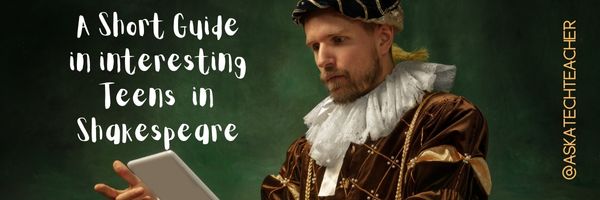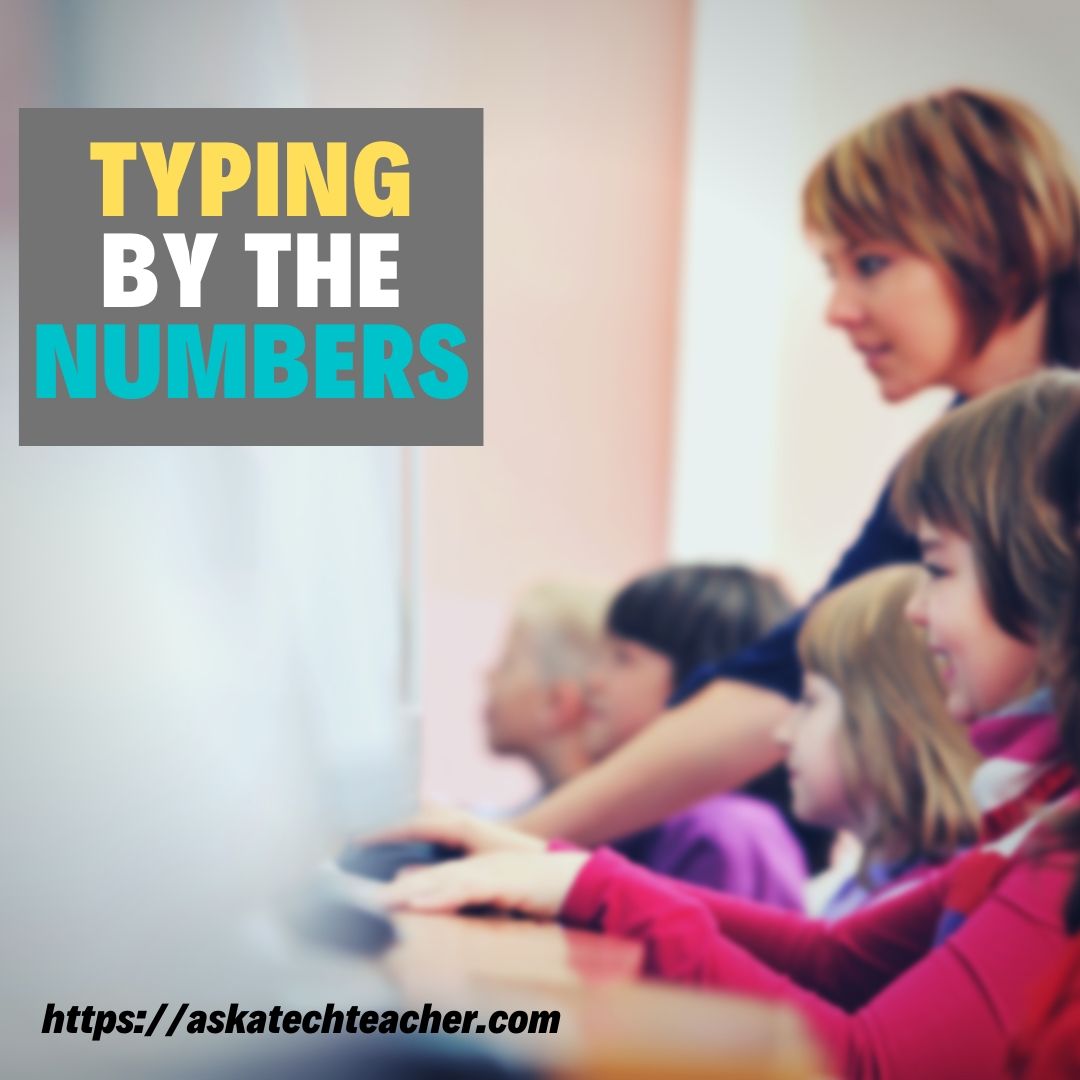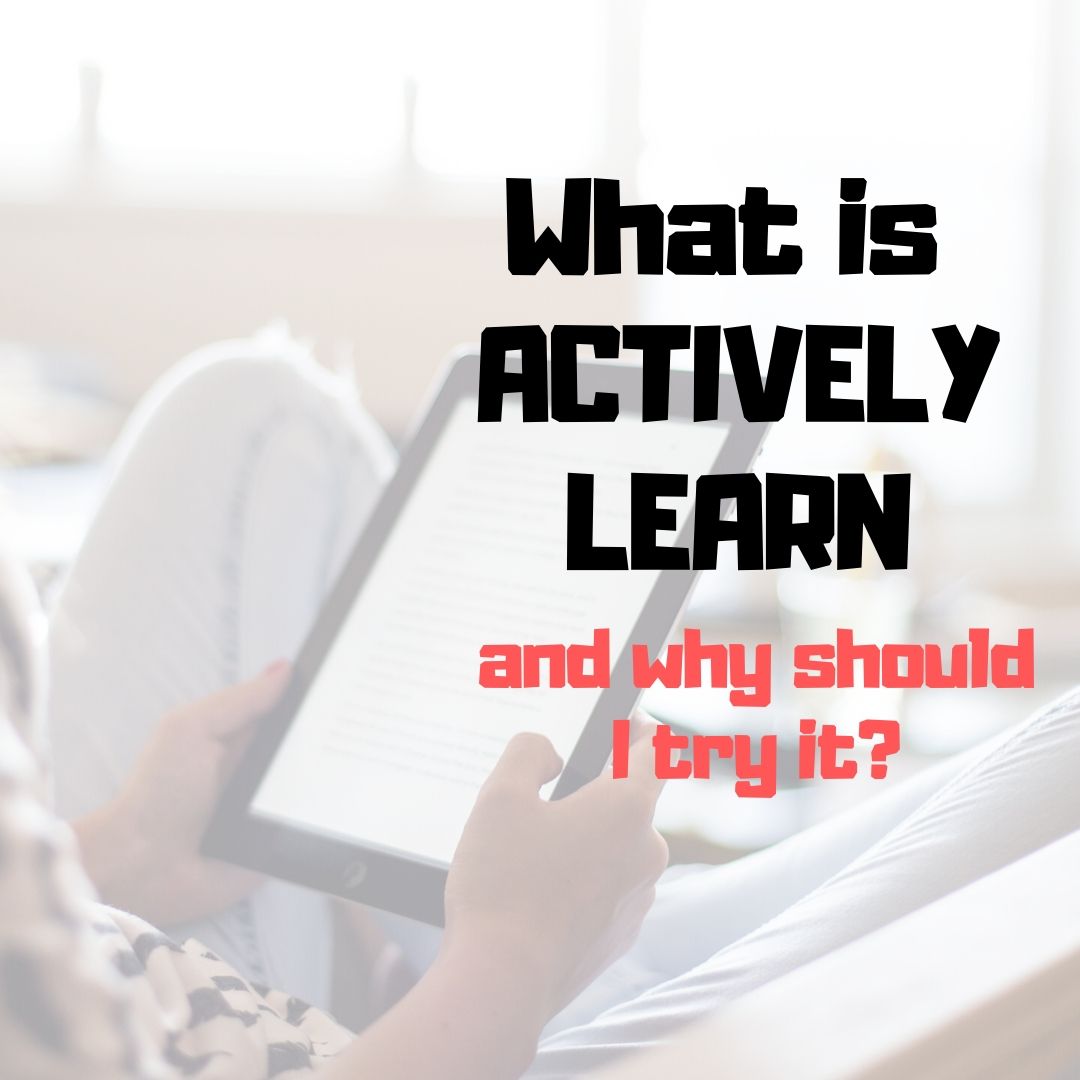William Shakespeare is internationally regarded as one of the greatest playwrights and poets in history, and his works have had a profound impact on our cultural heritage. Learning Shakespeare is a valuable and rewarding experience that can enrich our understanding of literature, language, and culture.
Here’s a quick overview of how to get teens interested in Shakespeare:
A Short Guide to Getting Teens Interested in Shakespeare
If you’re a high school teacher, you can probably hear the groans now as they wave through the classroom. You’ve reached the inevitable Shakespeare unit of an English course, and some students just are not clicking with it.
But they call him the “immortal bard” for a reason. The themes, character dynamics and conflicts in Shakespearean plays echo into the modern day. Some of his principal preoccupations – the enduring nature of love, the pitfalls of tyranny, etc. – are as relevant in 2023 as they were in 1600. And students have a lot to learn from keen insights, critical gaze and deep understanding of human nature present in Shakespearean literature.
How do you do it? How do you help students connect with a 400-year-old text, often written in inaccessible verse? Pulling quotes from Shakespeare himself, here are a few tips for teaching the immortal bard in your next ENG3U or ENG4U English course.
“Nothing Can Come of Nothing”: Being an Active Participant in Reading Shakespeare
Nothing comes from nothing. If teachers don’t actively foster student engagement, they can’t expect students to glean much from their course material. This fact is doubly true for Shakespeare studies.
Model curiosity and passion when it comes to Shakespeare. Throw your hat in when it’s time to read the play aloud. Your level of engagement will dictate the tenor of the class.
“To Thine Own Self Be True”: Making Shakespeare Relevant
High school students need to connect with the material on a personal level. This is a heady age when teens begin forming complex emotional responses and interpersonal skills. And they look to media in its many forms to parse the complexities of early adulthood.
The director Baz Lurhmann understood this when he remade Romeo and Juliet for a teen audience, complete with brooding characters and contemporary references. Take a cue from that director and try to contextualize Shakespearean themes for a teen audience. Themes like “star-crossed love,” “greed for power,” and “personal loss” will resonate with a high school readership if you help connect the dots.
“The Play’s the Thing”: Approaching Shakespearean Work as It Was Intended
Shakespeare’s plays were never meant to be read the way we read books. It was meant to be acted dramatically – with a brightly lit stage and passionate actors. Take it from venerable actor Sir Ian McKellen.
If you sense that classroom concentration is waning, consider shaking up how you approach the text. Break the class into groups and have them practice acting out a scene. If possible, take them to a viewing of the play or show a film adaptation. Let them see the text as it was meant to be seen.
“All Things Are Ready, if Our Mind Be So”: Scaffolding and Explaining Shakespeare
Shakespeare can be inaccessible. The early form of English employed by the bard features syntactical constructions and vocabulary that we do not use today. Therefore, consider explaining the text in advance. Outline the major themes, plot points and character dynamics before reading the play.
This method is the opposite of how we normally approach a text (i.e., letting the themes and plot unfold as we read). But that’s okay – it’s better to ensure that students understand what’s happening.
The immortal bard still has much to say, even 400+ years on. And teens can glean essential insights from these plays if teachers approach the work mindfully and enthusiastically.
–Credit: master1305 Via Freepik
Copyright ©2023 askatechteacher.com – All rights reserved.
Jacqui Murray has been teaching K-18 technology for 30 years. She is the editor/author of over a hundred tech ed resources including a K-12 technology curriculum, K-8 keyboard curriculum, K-8 Digital Citizenship curriculum. She is an adjunct professor in tech ed, Master Teacher, webmaster for four blogs, an Amazon Vine Voice, CSTA presentation reviewer, freelance journalist on tech ed topics, and author of the tech thrillers, To Hunt a Sub and Twenty-four Days. You can find her resources at Structured Learning.






































